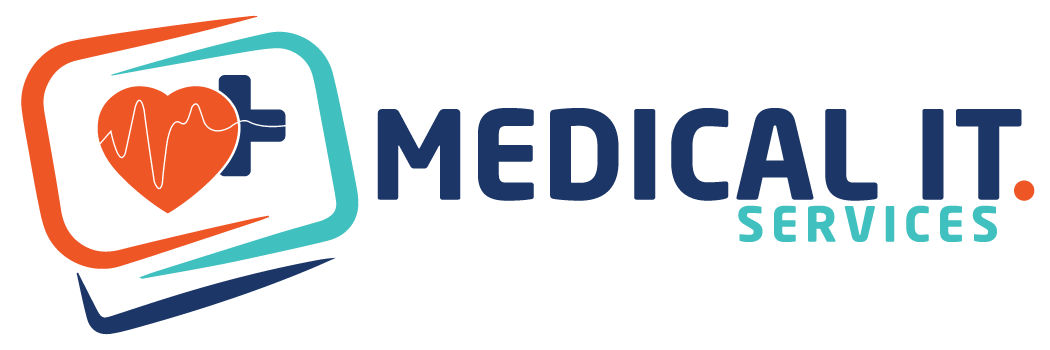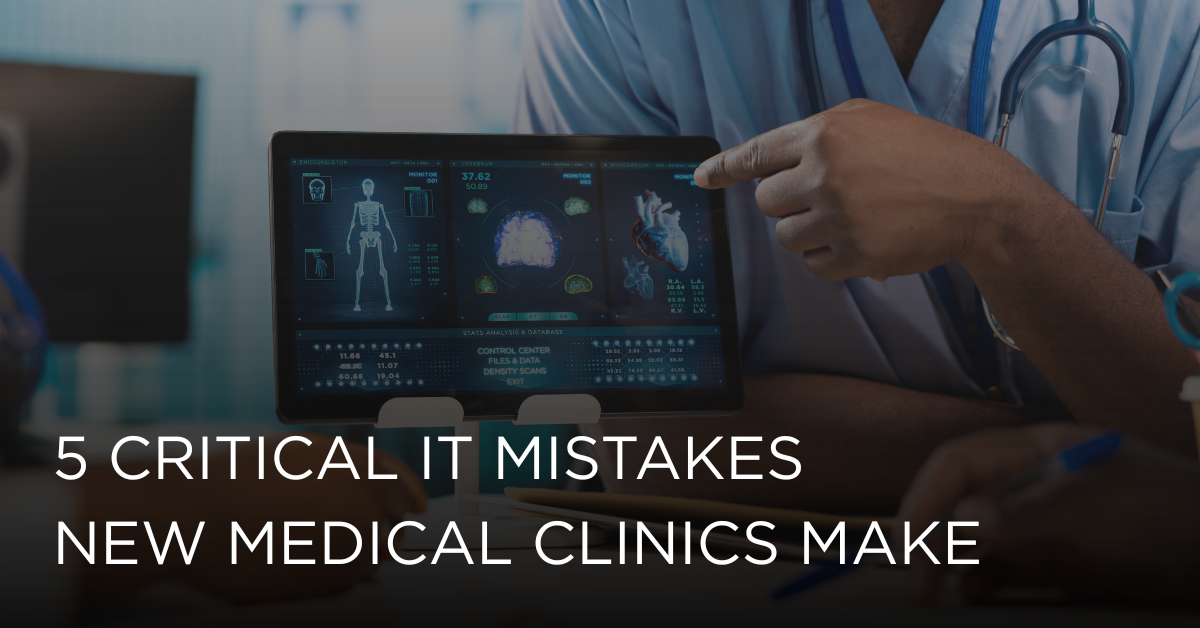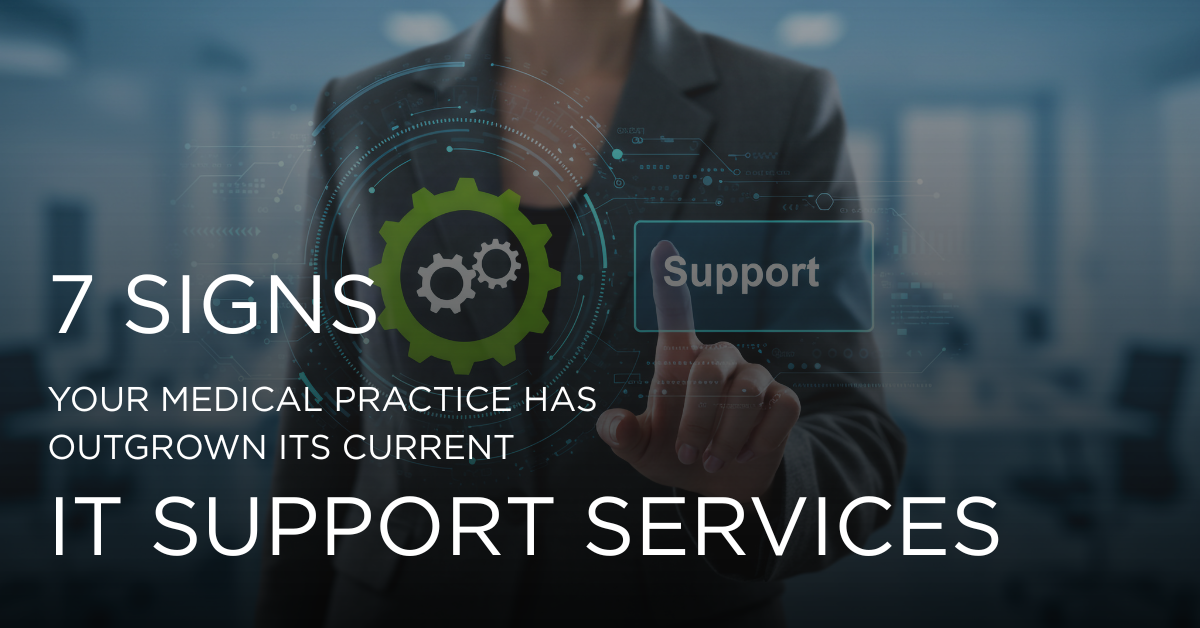In today’s modern era, medical practice is no longer limited to doctors, nurses, and patients;…

7 Tiers of IT Disaster Recovery
Disasters can happen to any business, anytime. Especially for the healthcare industry, an IT disaster is a nightmare, because it cannot only ruin the healthcare management system. But also the damages hospital’s reputation and compromise patients’ data. There are many healthcare organizations are relying on third-party IT vendor support to manage their disaster recovery. If your healthcare company has an IT disaster recovery plan then your business continuity can’t hurt and you can run daily operations without any hassle. To run operations smoothly, you need to understand the tiers of disaster recovery to build effective DR plans. These important disaster recovery tiers serve as a backbone for your business growth.
What is Disaster Recovery?
Disaster Recovery is an organization’s process of regaining access and functionality to its IT infrastructure after an event like a natural disaster, or cyber-attack happens. There are different tiers of disaster recovery (DR) methods that can be part of a disaster recovery plan. DR is one important part of business continuity. During the late 1980s, the SHARE Technical Steering Committee described tiers of disaster recovery. They developed a model, that used tiers 0 to 6. Later, the seventh tier was included in the model. The seven tiers of disaster recovery determine service levels and associated risks.
7 Tiers of Disaster Recovery
There are seven tiers of disaster recovery. Medical organizations must back up data, databases, applications, and hardware to multiple secure locations for subsequent access. In a tiered IT disaster recovery plan, each tier defines the recoverability of specific types of data storage resources based on the recovery method and recovery time. The more heightened the tier, the greater the recovery resources cost.
Level 0: No off-site data
Tier 0 represents the absence of a formalized disaster recovery plan. Organizations operating at this level maintain all data, applications, and system configurations exclusively within their primary production environment. No data is duplicated or transferred to a secure, off-site location. There is no documented recovery strategy, no designated recovery team, and no provision for alternative processing capabilities.
Technical and Operational Details:
The entirety of the organization’s IT infrastructure is vulnerable to a single point of failure. In the event of a disaster—such as a fire, flood, ransomware attack, or major hardware failure. The recovery process is entirely ad hoc. The time to recovery is undefined and potentially infinite, as it depends on the ability to rebuild systems from scratch, should that even be possible. Data loss is total, encompassing all information created since the inception of the systems.
Implications:
This tier carries an extreme level of risk. For a medical practice, this could result in the irreversible loss of all electronic health records (EHRs), patient schedules, billing information, and diagnostic data. The operational, financial, and legal consequences, including violations of regulations such as HIPAA, are severe and could lead to permanent cessation of business.
Tier 1: Data backups without hot site
Tier 1 introduces the fundamental practice of data backup. Organizations at this tier perform periodic backups of critical data to physical media, such as tape drives or external hard disks. These backups are then physically transported and stored at a secure, off-site facility, known as a “cold site.” A cold site is a secondary location with basic infrastructure (power, cooling, and space) but contains no pre-configured hardware or current data.
Technical and Operational Details:
Recovery is a manual and time-intensive process. It requires procurement and configuration of new server and storage hardware at the cold site, followed by the physical retrieval of the backup media from the off-site facility. Data is then restored sequentially onto the new systems. The Recovery Point Objective (RPO)—the maximum acceptable amount of data loss—is determined by the backup frequency (e.g., 24 hours), meaning days of data could be lost. The Recovery Time Objective (RTO)—the maximum acceptable downtime—can span days to weeks.
Implications:
While this tier mitigates the risk of total data loss, the prolonged downtime and significant data loss make it unsuitable for modern clinical operations that depend on timely access to patient information.
Tier 2: Data Backup with Hot Site
Tier 2 enhances Tier 1 by incorporating a “hot site” for recovery. As with Tier 1, data is backed up to physical media and transported off-site. The critical differentiator is that the hot site maintains pre-configured and compatible hardware, including servers, storage, and network equipment, ready to receive the restored data.
Technical and Operational Details:
The existence of a pre-configured environment eliminates the time required to procure and set up hardware. Upon declaration of a disaster, the latest backup media are transported to the hot site, and data restoration begins immediately on the waiting systems. While the RTO is improved compared to Tier 1, it remains measured in days. The RPO is still tied to the physical backup cycle, resulting in potential data loss of up to 24 hours.
Implications:
This model reduces operational downtime but remains inadequate for healthcare environments where even a day’s worth of lost clinical data—including new patient registrations, lab orders, and medication updates—can critically impact patient safety and care continuity.
Tier 3: Electronic Vaulting
Tier 3 represents a significant technological advancement by eliminating the physical transportation of backup media. This tier incorporates all elements of Tier 2, including a hot site, but augments them with electronic vaulting. Backup data is transmitted securely over a wide area network (WAN) to the recovery site.
Technical and Operational Details:
Electronic vaulting enables more frequent backups (e.g., nightly) without logistical constraints. The recovery process is initiated as soon as a disaster is declared. As the data is already on-site or can be transmitted rapidly. This significantly improves the RTO, typically bringing it under 24 hours. However, because backups are still point-in-time snapshots, the RPO may still be several hours, representing the data generated between the last vaulting operation and the disaster event.
Implications:
This tier is a substantial improvement, offering a more predictable and faster recovery timeline. It is a viable minimum for many small to mid-sized practices, though the potential for several hours of data loss remains a notable risk.
Tier 4: Point-in-time copies
Tier 4 shifts from traditional backup methods to more advanced, disk-based data protection strategies. It emphasizes greater data currency through the use of point-in-time copies, such as snapshots. These snapshots, which capture the state of a system or dataset at a specific moment, are taken with high frequency throughout the day and are replicated to the recovery site.
Technical and Operational Details:
Technologies like storage array-based snapshots or mirroring are employed. This allows for an RPO of just a few hours (e.g., 2-4 hours). Recovery involves activating the most recent snapshot at the hot site. The process is faster and more granular than restoring from full backups. The RTO is accordingly reduced to a matter of hours.
Implications:
For healthcare organizations, this drastically reduces the window of potential data loss, making it possible to limit loss to a small number of patient transactions. This tier supports a good balance between cost and resilience for many clinical settings.
Tier 5: Transaction integrity
Tier 5 focuses on ensuring transaction integrity between the primary production center and the secondary recovery center. The goal is to maintain real-time or near-real-time synchronization of data, ensuring consistency across both sites.
Technical and Operational Details:
This is achieved through technologies like asynchronous or synchronous disk mirroring and transaction log shipping. As transactions are committed on the primary system, they are concurrently or very rapidly applied to the secondary system. This guarantees that the recovery site’s data is a consistent, usable copy, not just a collection of files. The RPO is reduced to minutes or even seconds, with minimal to no data loss. The RTO remains in the hour range due to the need to manually initiate and validate the failover process.
Implications:
This tier is essential for healthcare environments where data consistency is paramount, such as in transactional EHR systems. It ensures that patient admissions, discharges, and medication administrations are not lost, thereby preserving the integrity of the clinical record.
Tier 6: Zero or near-zero data loss
Tier 6 is defined by the objective of zero or near-zero data loss. It combines the real-time data mirroring of Tier 5 with a highly automated recovery process to achieve a near-instantaneous RTO and a near-zero RPO.
Technical and Operational Details:
This tier typically employs synchronous data mirroring, where a write operation is only considered complete once it is confirmed by both the primary and secondary sites. This ensures the two sites are logically identical at all times. Furthermore, the recovery process is partially or fully automated. it allow for a rapid and controlled failover that can be completed within minutes. This minimizes both data loss (RPO) and operational downtime (RTO).
Implications:
This is the standard for mission-critical healthcare systems in large hospitals and health systems. It ensures that essential services like emergency department systems and critical care applications can be restored almost immediately after an outage, safeguarding patient safety and continuity of care.
Tier 7: Highly automated, business-integrated solution
Tier 7 represents the highest echelon of disaster recovery, characterized by a highly automated, business-integrated solution. It encompasses all features of Tier 6 but adds fully integrated, end-to-end automation that eliminates the need for manual intervention during a recovery event.
Technical and Operational Details:
In a Tier 7 environment, the entire recovery process is automated: continuous, real-time data mirroring (often at the application level) is coupled with automated systems that can detect a failure, validate the integrity of the recovery site, and execute a complete failover of the entire application stack—including servers, networks, and applications—without human intervention. This results in an RTO of seconds or minutes and a true zero RPO.
Implications:
For a healthcare organization, a Tier 7 solution means that a disaster at the primary data center is a seamlessly managed event. Active user sessions, ongoing telemedicine calls, and real-time data feeds from medical devices can be maintained without interruption. This represents the pinnacle of operational resilience and business continuity, where IT services are effectively always on.
Disaster Recovery as a Service (DRaaS)
Disaster Recovery-as-a-Service (DRaaS) is a cloud-based solution that helps an organization to take backup of all data and files on the cloud platform which is provided by a third-party vendor. A reputable DRaaS provider will quickly recover the entire IT system as well as improve the overall performance in an event of a disaster.
Furthermore, Disaster recovery-as-a-service (DRaaS) will protect that data if the network fails, cyber-attacks, or any physical damages. A DRaaS solution is key to making sure that patient information and records are secured. And can’t be stolen or damaged in case of any types of hardware damage. If your healthcare business is struggling due to server failure or malicious attacks. That do not hesitate to contact our IT support specialist. As, we provide IT disaster recovery services that allow healthcare practices to regain access. That take action to reduce damage, and resume operations as quickly as possible.



